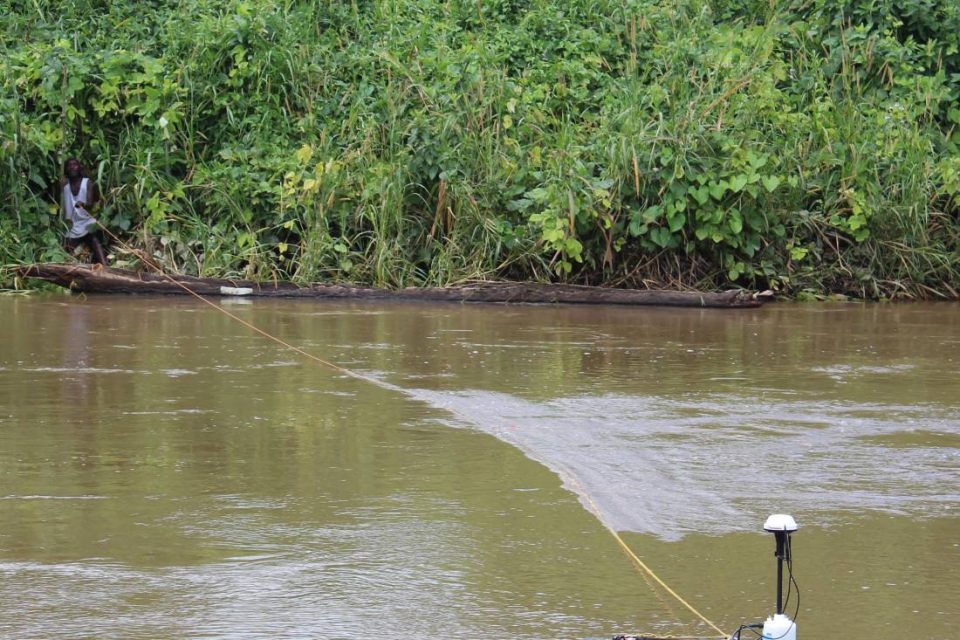Better water data lead to better decisions on scarce water resources.
Good quality water data are based on implementing a set of procedures to ensure that data are accurate, complete, and of the best possible quality. It takes time and hard work.
Are there low hanging fruits? Sure—improve the rating curve.
I have reviewed many rating curves in the past few years—and many are off, sometimes by a wide margin. It suggests that improving the quality of the rating curve is often the most effective step to improve the quality of streamflow data.
This video is an introduction to the hydraulic approach to rating curve development.
The approach combines streamflow data with the hydraulic parameters of the river.
By observing channel characteristics, we can approximate the shape of the rating curve. The curve is then calibrated with a small set of high-quality discharge measurements.
Since the stage-discharge relation is no longer based on statistical curve fitting but represents the hydraulic characteristics of the control section, it is more accurate and robust, as well as defensible. In addition, it requires less field data.
Improving the rating curve typically concerns a relatively small investment. But it is a worthwhile expenditure before starting with large-scale hydro-infrastructure development or complex modeling.
(inspired by Stuart Hamilton; The Role of the Hydrographer in Rating Curve Development)
Contact Bart Hilhorst (hilhorst@fireflybay.com) if you wish to learn more about the hydraulic approach to rating curve development. He has extensive experience in using the methodology to improve the quality of (historic) discharge time series and optimize field measurement programs.
